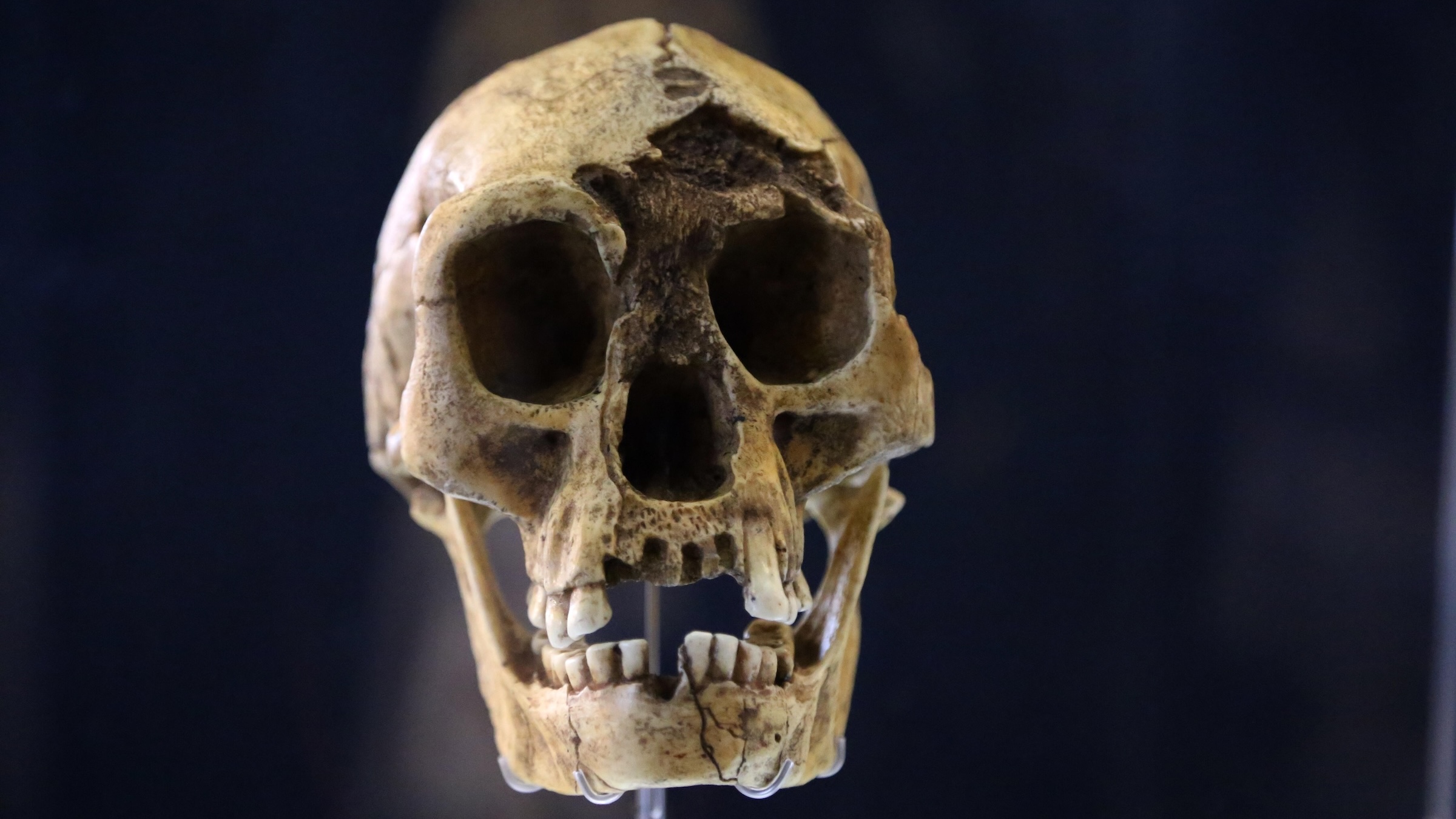Wildfires Linked to Warming Ocean
As warming ocean temperatures have been linked to a spike in wildfires in the past, scientists now predict the western United States could experience more of such fires in the coming decades.
"This trend of warmer sea-surface temperatures in the North Atlantic appears to be correlated with dry spells we have seen in the West since the late 1990s," said study team member Thomas Veblen of the University of Colorado, Boulder. "If the trend continues for the next 60 years or so as it has in the past, the degree of fire occurrence in the West could be unprecedented compared to anything in recent memory."
Large-scale ocean features such as El Nino--which occurs when weakened trade winds let warmer water from the western Pacific flow eastward--are known to impact regional climates. During strong El Nino years, rains that normally would fall over Indonesia start falling over the deserts of Peru, causing forest fires and drought in the western Pacific and flooding in South America. Now, other ocean features are coming to the forefront as weather drivers.
One feature called the Atlantic Multi-decadal Oscillation (AMO) describes variations in sea surface temperatures in the North Atlantic Ocean in which the water either cools or warms by one-degree Fahrenheit for up to 60-year stints.?
When the North Atlantic warms, often less moisture gets carried from the tropics northward, leading to droughts in the Pacific Northwest. This phenomenon is complex and physical climatologists continue to study and decipher it.
To see if there was a link between AMO-caused droughts and wildfires, scientists led by Thomas Kitzberger of the University of Comahue in Argentina looked at fire scars preserved in tree rings from about 4,700 trees in nine regions in western North America.
"These are records of surface fires, because if the fire completely girdles the tree it will kill the tree," said study team member Peter Brown of the Rocky Mountain Tree-Ring Research, Inc. in Colorado.
Get the world’s most fascinating discoveries delivered straight to your inbox.
"But these are injuries where it kills a portion of the growing tissue but not all the way around the tree so the tree continues growing. The lesion is left in the tree that we can then date," Brown told LiveScience.
They analyzed primarily Douglas fir and ponderosa pine trees, with records extending back 500 years. They compared the timing of wildfires with drought histories and with sea surface temperatures in both the Pacific and Atlantic Oceans. They found a significant link between North Atlantic warming and extensive fires.
They found that when the AMO shifted from a cool to a warm mode, states like Washington, Oregon, California, Colorado, New Mexico, Arizona and South Dakota all had an increased prevalence of wildfires in recent centuries.?
Typically when El Nino warms up parts of the Pacific Ocean it brings dryer winters to the Pacific Northwest. The results suggest that a warming North Atlantic, as happens during AMO, could intensify the dry weather and spark fires. Currently, Brown said, the AMO is in a cycle of warming.?
The study is detailed this week in the Proceedings of the National Academy of Sciences.
- All About Global Warming
- Weirdest Science Stories of 2006
- Video: Goldilocks and the Greenhouse
- Natural Disasters: Top 10 U.S. Threats
Jeanna Bryner is managing editor of Scientific American. Previously she was editor in chief of Live Science and, prior to that, an editor at Scholastic's Science World magazine. Bryner has an English degree from Salisbury University, a master's degree in biogeochemistry and environmental sciences from the University of Maryland and a graduate science journalism degree from New York University. She has worked as a biologist in Florida, where she monitored wetlands and did field surveys for endangered species, including the gorgeous Florida Scrub Jay. She also received an ocean sciences journalism fellowship from the Woods Hole Oceanographic Institution. She is a firm believer that science is for everyone and that just about everything can be viewed through the lens of science.


